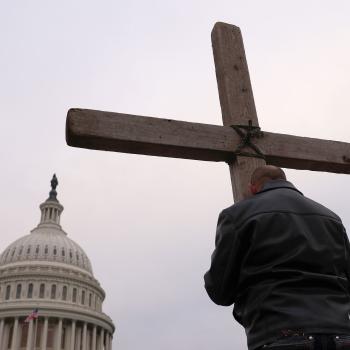The New Testament contains a number of warnings about false prophets (pseudoprophetes), often in “apocalyptic” contexts (Matthew 24:11, 24; Mark 13:22; 2 Peter 2:1; 1 John 4:1).
The link between false prophecy and crisis goes back to Jeremiah. As the Babylonian threat against Judah rises, false prophets appear, assuring the people of Jerusalem and Judah that they have nothing to fear, that the Lord will beat back Nebuchadnezzar as he beat back the Assyrians, and that the city will not fall. Of the LXX uses of pseudoprophetes, all but one are found in Jeremiah(Jeremiah 6:13; 33:7-16; 34:9; 35:1; 36:1, 8; the sole exception is Zechariah 13:2).
Behind Jeremiah stands the history of the Omride dynasty – Ahab and Jezebel and their hundreds of false prophets. When false prophets begin to appear in Judah, it’s a sign that the Davidic dynasty is under the same threat as the Omride.
The land beast of Revelation 13 is called a false prophet (16:13; 19:20; 20:10). This prominent appearance of a false prophet indicates that a crisis is near: A kingdom is about to fall, a city ready to be reduced to rubble, a temple about to be destroyed.















